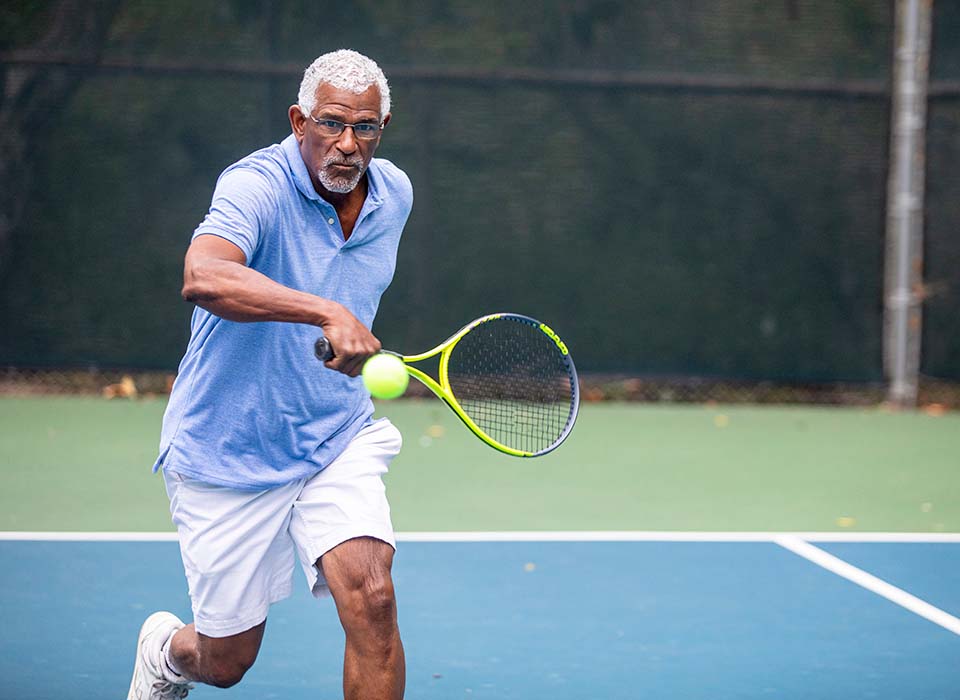A rotator cuff is a group of muscles and tendons that hold the shoulder joint in place. These muscles are what allow you to move your arm and shoulder. If the rotator cuff becomes damaged, injured, or starts to deteriorate, then problems can occur.
Rotator cuff injuries are common shoulder injuries and can be caused by a few different things. Traumatic injuries, which occur when the shoulder dislocates or there is a traumatic event like an accident or fall, may cause the rotator cuff to tear. When trauma occurs, the main goal of surgery is to try to repair the joint as much as possible and put the shoulder back in the correct anatomical position.
Impingement on the outside of the rotator cuff, away from the joint, is another common cause of rotator cuff injuries. This injury is caused by rubbing on the rotator cuff, usually because of a bone spur under the shoulder blade.
Intrinsic degeneration, or a breakdown of joints and muscles usually due to age, is the most common cause of rotator cuff tears. There are several factors associated with this degeneration, including a decrease in blood supply, a decrease in elasticity, and a decrease in the rotator cuff’s ability to repair itself.
Many people have slight rotator cuff tears that they are unaware of; almost 60% of people over age 65 have some slight tearing of their rotator cuff with no symptoms. However, patients who experience pain or discomfort usually have a severe tear. If you are experiencing prolonged pain or discomfort in your shoulder, see your doctor.
Treatment and Recovery
Rotator cuff tears are categorized into two types based on how severe the tear is. A partial or incomplete tear only goes part of the way through the tendon with some parts still intact. A complete or full-thickness tear goes all the way through the tendon and usually comes with a lot of pain or discomfort.
Partial tears are usually treated with non-surgical methods. Most partial tears come with a little discomfort, so the first line of treatment is anti-inflammatory medication such as Tylenol. The medication reduces inflammation and in return decreases discomfort in the shoulder. Steroid injections can be used but need to be monitored. One or two properly spaced-out injections can help, but too much steroid use can cause harm to the rotator cuff. Lastly, physical therapy can help correct some mechanics of shoulder movements.
The main goal of surgery is to bring the tendon back together and structurally fix the shoulder. In a partial tear repair, there are patches that are placed to help stimulate, thicken, and heal the tendons. A full tear requires more of a mechanical repair with a series of anchors that attach the tendons to the bone.
Rehabilitation is extremely important after rotator cuff surgery, especially with a full thickness tear. For the first few months of recovery, the focus is on protecting the repair and allowing time for the tendon to completely heal, which can take 12 to 16 weeks. A sling is used to keep the arm stable for the first 5 or 6 weeks. There is some movement with a physical therapist during that time to prevent stiffness but there is not any movement that will pull on the repair. After the initial healing period is over, the focus shifts to functional strength and movement to get the range of motion back. After a year, you should feel recovered with a strong shoulder and a wide range of motion.

